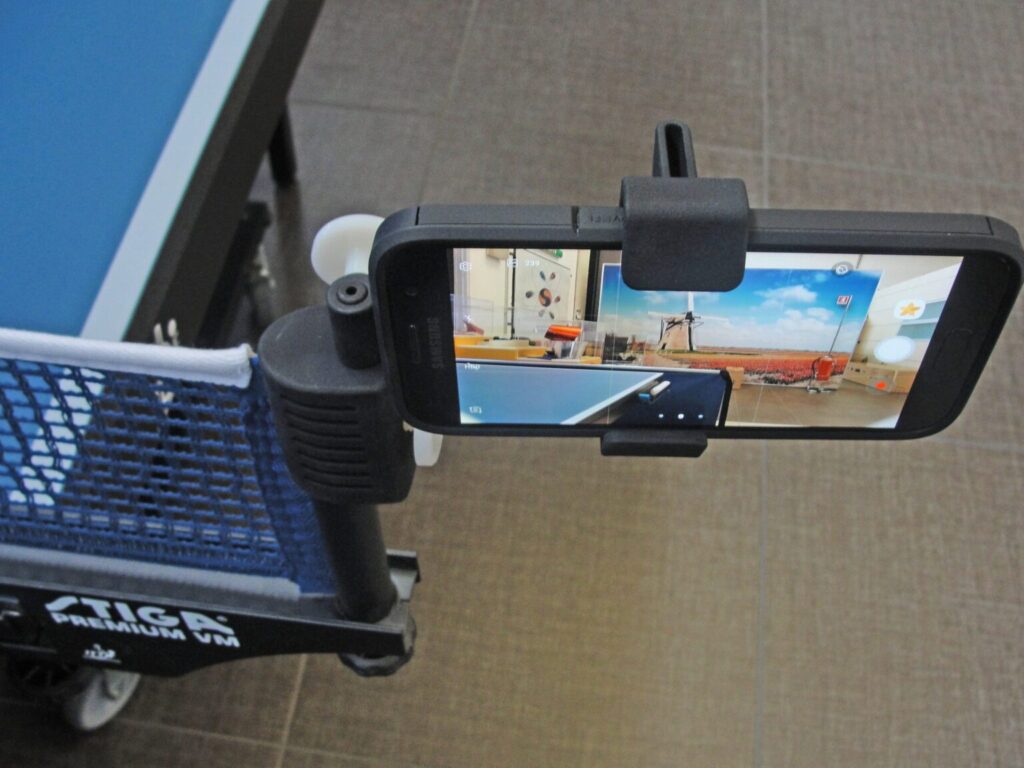
If you worry about losing your phone or having it stolen, knowing how to locate it is essential. A useful method is pinging the phone, which sends a signal prompting the device to reveal its location. This technique is particularly helpful for monitoring phones carried by children or people with special needs.
Understanding Phone Pinging
If you have ever lost your phone and wished for a simple way to find it, or if you are curious about how authorities track criminals through their mobile devices, phone pinging is crucial. This technique sends a signal to the mobile device and measures the response time, which helps determine the phone’s location. Although direct pinging by individuals isn’t usually possible without specific permissions or software, various applications and services provide practical solutions.
Techniques for Pinging a Phone
Several methods exist for pinging a phone, primarily using the phone’s GPS capabilities to gather relevant data. Pinging queries the phone about its network location, which it then provides. To do this, you can use popular applications such as Find My iPhone for iOS devices or Find My Device for Android. Additionally, telecom services like Verizon’s Smart Family and AT&T’s Secure Family can help track devices linked to your account.
Potential Limitations of Pinging a Phone
Pinging a phone can help locate a lost or stolen device, though its accuracy depends on factors like signal strength, the proximity of cell towers, and the phone model. Furthermore, phones that are switched off or in airplane mode cannot be pinged. It’s important to note that pinging a phone without permission is illegal and may lead to serious consequences.
Role of Operating Systems in Phone Pinging
The mobile device’s operating system significantly affects how phone pinging works. Both Android and iOS have features that help locate phones:
| Operating System | Features |
|---|---|
| Android | Includes ‘Find My Device’ to help locate phones linked to a Google account. |
| iOS | Features ‘Find My iPhone’ for locating devices associated with an Apple ID. |
Helpful Apps for Phone Pinging
Various apps can assist in locating your phone, each offering unique features for mobile device recovery. These include:
- Google Maps: Enables device tracking when linked to your Google account.
- Find My iPhone: Allows Apple users to locate their devices or make them emit a sound to help find them.
- Find My Device: Helps Android users locate, lock, or wipe their lost devices.
- Life360: Offers family locator services and in-app messaging for better coordination.
- Glympse: Supports temporary location sharing without a permanent setup.
Insights on GPS Tracking and Location
GPS technology is vital in modern tracking systems, providing precise location data that can help recover lost or stolen phones. It enables real-time updates and allows remote locking or wiping of the device to protect your information.
Legal and Ethical Aspects of Phone Pinging
While pinging a phone is useful, it involves legal and ethical considerations, especially concerning privacy. Law enforcement agencies must follow strict guidelines, often requiring a warrant for such actions. It’s important to respect privacy norms and adhere to ethical practices when using pinging technology, particularly when installing tracking apps on devices owned by minors or adults with specific needs under certain legal conditions.
Effective Use of Phone Pinging
Pinging a phone can be a valuable tool for tracking and locating mobile devices, but it’s important to understand its limitations and the legal and ethical boundaries. By learning about the capabilities and constraints of phone pinging, you can use these tools effectively, ensuring the security and recovery of your devices. Always remember to use these technologies thoughtfully and with a commitment to respecting privacy.
